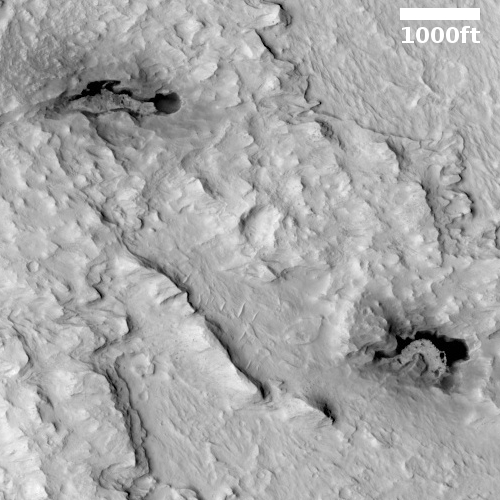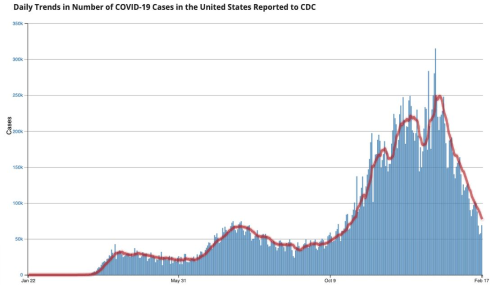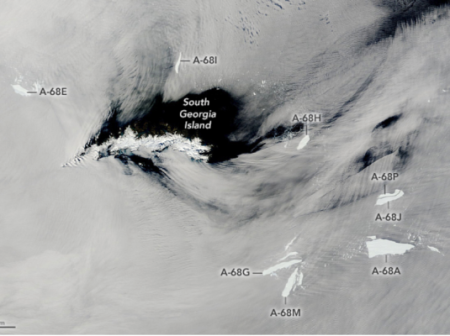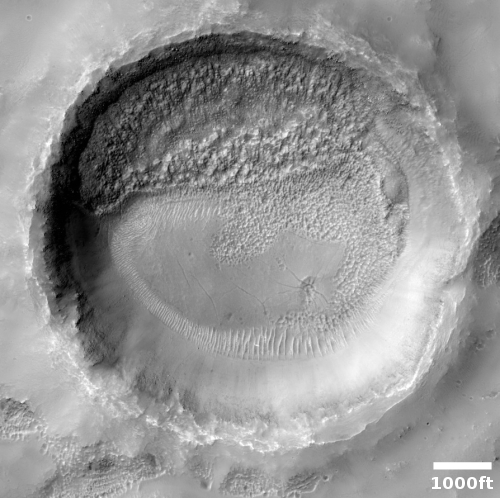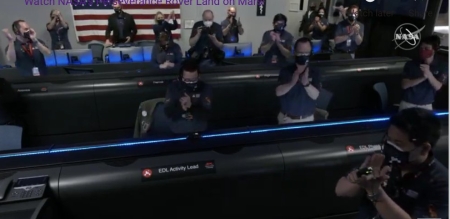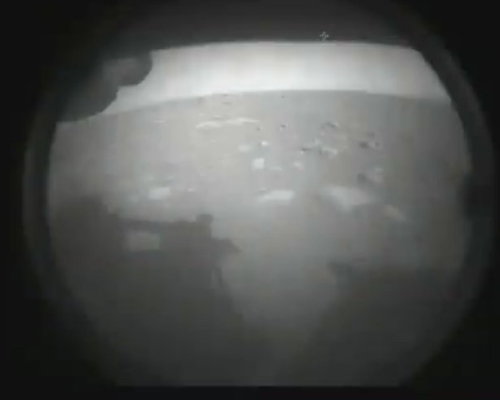Today’s blacklisted American: Pro-life news organization blacklisted by Google’s YouTube
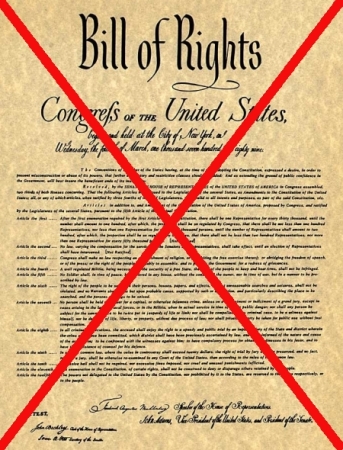
They’re coming for you next: The pro-life news organization, LifteSiteNews, has been blacklisted by Google’s YouTube, which on February 10th without warning removed all the organization’s videos.
This was not the first time YouTube had banned the organization’s work. The reasons as always were specious.
A spokesman for Google, the company that owns YouTube, told The Blaze the LifeSiteNews channel was shut down for repeated violations of the company’s COVID-19 misinformation policy. Any content promoting prevention methods that differs from information given by local health authorities or the WHO is prohibited. “Any channel that violates our COVID-19 misinformation policy will receive a strike, which temporarily restricts uploading or live-streaming. Channels that receive three strikes in the same 90-day period will be permanently removed from YouTube,” the spokesman said.
In other words, the only medical opinions allowed free speech by YouTube and Google are those that agree with “local health authorities or the WHO.” I emphasize the word “authorities” because of its fundamental meaning, someone in charge who must be obeyed, not because they know more but because they are in charge.
No one else is allowed to speak. If you wish to dispute these authorities their and their minion’s answer will be “Shut up!”, an action hostile at its core to free speech and the First Amendment.
Note that LifeSiteNews is not dead. They were prepared for Google’s action, and had backed up their videos and quickly moved their site to the new video site, Rumble.
Which by the way I encourage everyone else to do. The more people upload videos and view videos there, the less power and impact future blacklists by the fascist thugs at Google and YouTube will have.

They’re coming for you next: The pro-life news organization, LifteSiteNews, has been blacklisted by Google’s YouTube, which on February 10th without warning removed all the organization’s videos.
This was not the first time YouTube had banned the organization’s work. The reasons as always were specious.
A spokesman for Google, the company that owns YouTube, told The Blaze the LifeSiteNews channel was shut down for repeated violations of the company’s COVID-19 misinformation policy. Any content promoting prevention methods that differs from information given by local health authorities or the WHO is prohibited. “Any channel that violates our COVID-19 misinformation policy will receive a strike, which temporarily restricts uploading or live-streaming. Channels that receive three strikes in the same 90-day period will be permanently removed from YouTube,” the spokesman said.
In other words, the only medical opinions allowed free speech by YouTube and Google are those that agree with “local health authorities or the WHO.” I emphasize the word “authorities” because of its fundamental meaning, someone in charge who must be obeyed, not because they know more but because they are in charge.
No one else is allowed to speak. If you wish to dispute these authorities their and their minion’s answer will be “Shut up!”, an action hostile at its core to free speech and the First Amendment.
Note that LifeSiteNews is not dead. They were prepared for Google’s action, and had backed up their videos and quickly moved their site to the new video site, Rumble.
Which by the way I encourage everyone else to do. The more people upload videos and view videos there, the less power and impact future blacklists by the fascist thugs at Google and YouTube will have.


